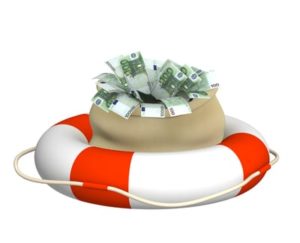Our lives are changing from what we know. People are losing their jobs, others are furlough ed. You can’t count on unemployment as your survival means. We have to fallback on our savings (hopefully you have one). If not, you have to prioritize your spending.
ed. You can’t count on unemployment as your survival means. We have to fallback on our savings (hopefully you have one). If not, you have to prioritize your spending.
Eliminate the expenses you can. If a service you pay for is closed, try to stop paying for it. Reduce other expenses. But at some point, that may not be enough. What can you do and what bills should you pay and which can you delay.
Here’s a article from CNBC Which Bills To Pay During a Coronavirus Pandemic
Remember that each state / city has specific policies, check with the state that you live in to see what is available to you.







